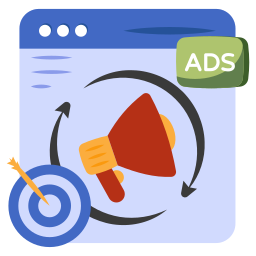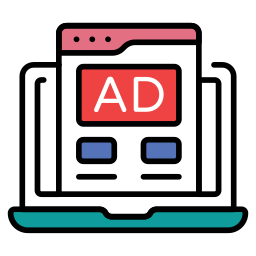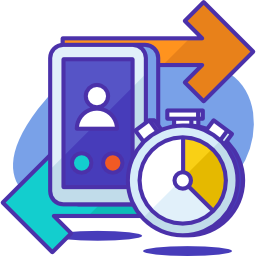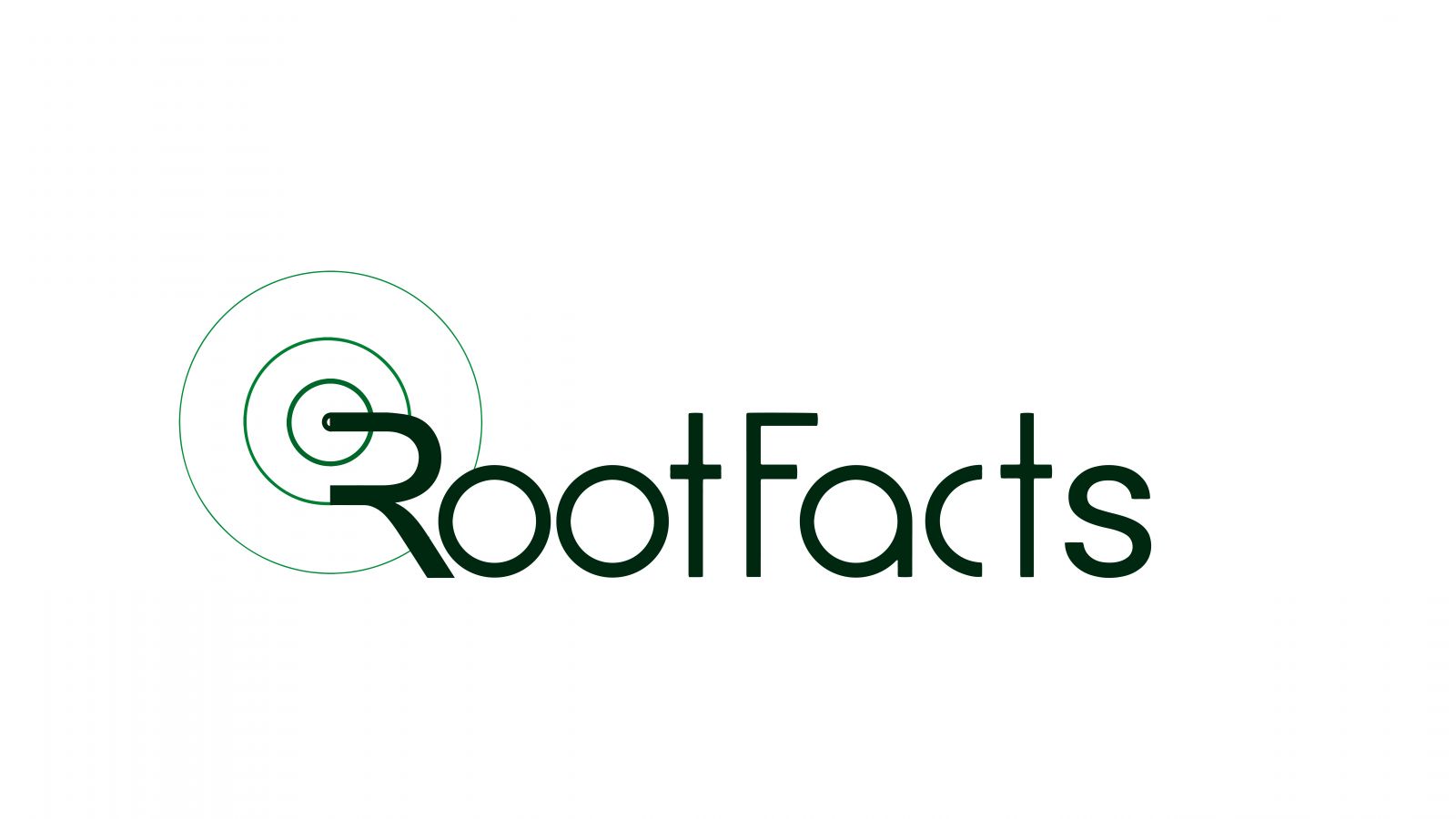Case Study 1
Contextual Advertising with Location-Based Data and Smart Devices
Challenges
Traditional advertising relies on demographics and browsing history, potentially leading to irrelevant ads and decreased user engagement. Advertising companies struggle to deliver targeted advertising based on real-time context and user behavior.

Solutions
Advertising companies can leverage partnerships with location-based services and smart device platforms. This allows them to access data on users’ physical location, proximity to stores, and even weather conditions. By combining this data with user profiles and browsing habits, advertising companies can deliver highly contextual ads on users’ smartphones or smart displays in public spaces. For example, someone walking past a clothing store on a rainy day might see an ad for raincoats.

Benefits

Increased relevance of advertising campaigns leading to higher user engagement and click-through rates.

Improved effectiveness of advertising spend by focusing on users who are most likely to be interested in the product or service.

Enhanced user experience with ads that are relevant to their current location and needs.

Potential for new advertising formats like interactive displays or location-triggered augmented reality experiences.
Case Study 2
Programmatic Advertising with Real-Time Bidding based on IoT Data
Challenge
Traditional programmatic advertising relies on historical bidding strategies and may miss out on real-time opportunities. Advertising companies struggle to optimize ad buying decisions based on real-time audience behavior and market conditions.

Solution
Advertising companies can utilize programmatic advertising platforms that integrate with IoT data sources. This data can include factors like connected TV (CTV) viewing habits, smart speaker usage, or even in-car entertainment systems. Real-time data on what users are watching, listening to, or searching for allows for dynamic bidding adjustments to optimize ad placements and maximize campaign reach.

Benefits

More efficient and data-driven ad buying decisions based on real-time user behavior and market trends.

Increased return on investment (ROI) for advertising campaigns by targeting the most receptive audiences.

Improved campaign performance with dynamic ad placement strategies based on real-time data.

Ability to compete more effectively in the programmatic advertising marketplace.
Case Study 3
Personalized Advertising with Smart Speaker Integration and Voice Assistant Data
Challenge
Traditional advertising on smart speakers relies on generic triggers and may not be personalized to user preferences. Advertising companies struggle to develop engaging voice-based ad formats for smart speakers.

Solution
Advertising companies can develop voice-based ad formats that integrate with user data collected by smart speakers and virtual assistants (VAs). This data can include past voice searches, shopping lists, or even music preferences. Based on this data, the VA can deliver personalized ad recommendations or voice-activated promotions when relevant. For example, a user adding eggs to their shopping list might be offered a voice coupon for a specific brand.

Benefits

Increased user engagement with voice-based advertising formats tailored to their preferences.

Improved brand awareness and recall through personalized ad recommendations on smart speakers.

Potential for new voice-based advertising experiences that are more interactive and engaging.

Opportunity to capture a growing market of users interacting with brands through voice assistants.
These cases showcase how advertising companies can leverage IoT technology to deliver more relevant, targeted, and personalized advertising campaigns. By utilizing data from various IoT sources, advertising companies can gain valuable insights into user behavior and optimize their strategies for achieving higher engagement and campaign effectiveness.
